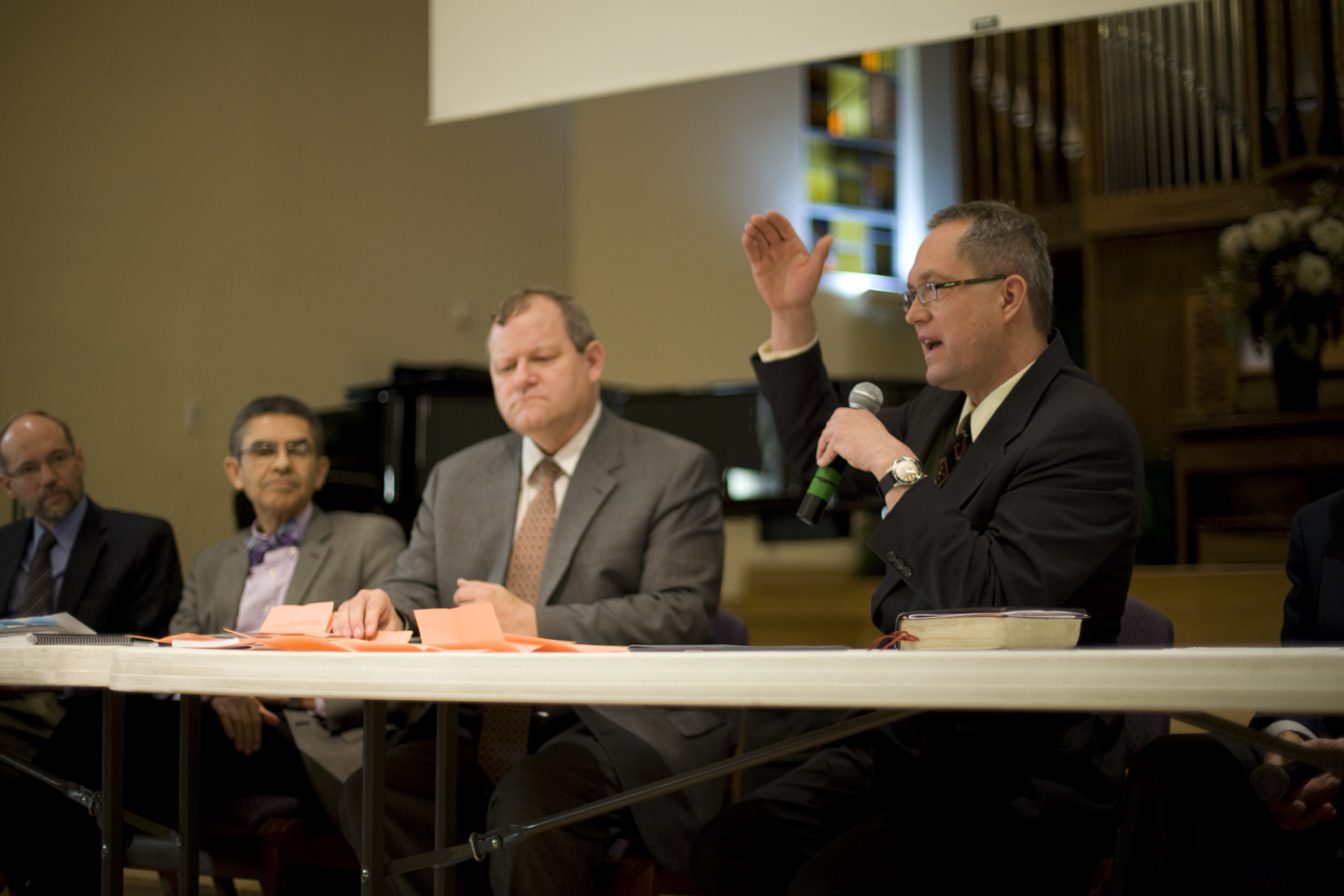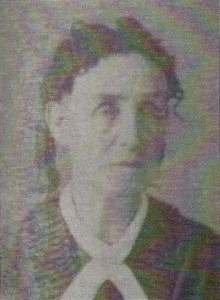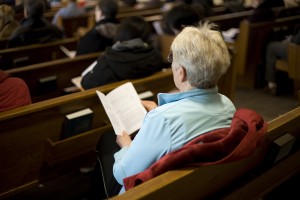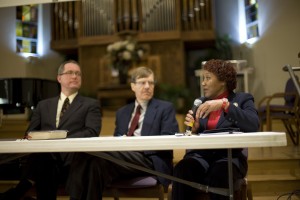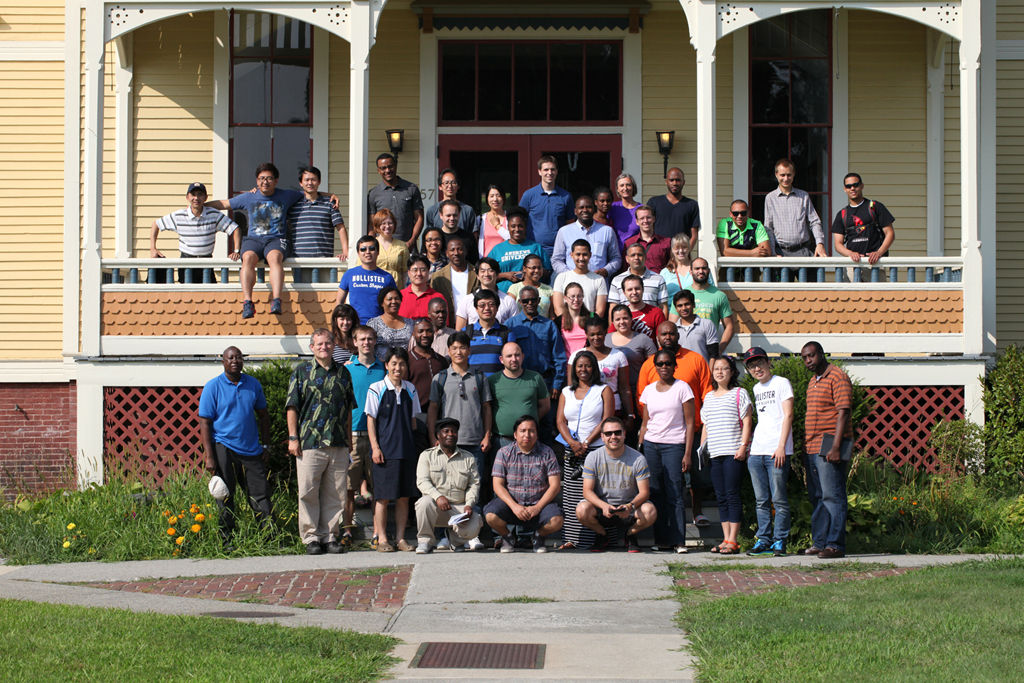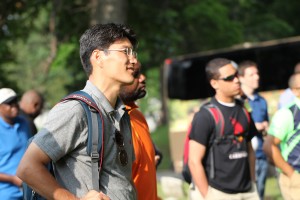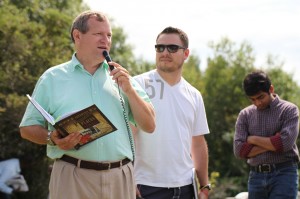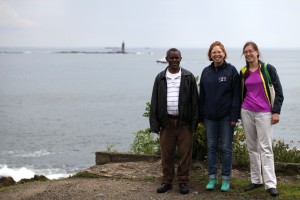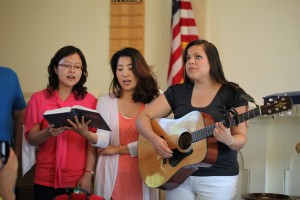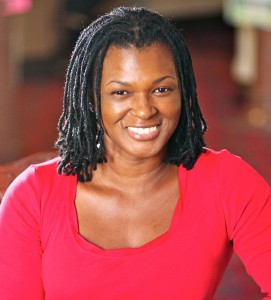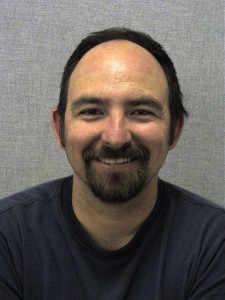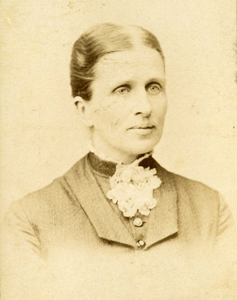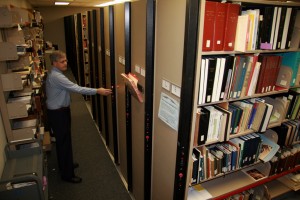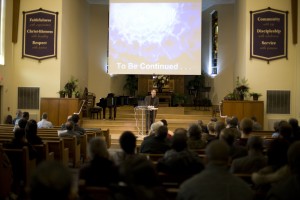
Richard Davidson giving a response to Ron du Preez’s presentation at the Ellen White Issues Symposium.
This annual symposium seeks to break new ground in understanding Ellen White and issues relating to her life, ministry, and prophetic gift. Jim Shiels, an attendee, had this to say regarding the symposium: “I want to personally thank you for organizing and sponsoring the Symposium again this year. This year was the third year that I have attended under the category of “other interested persons.” I am thankful it is open to interested laypersons!”
The presenters this year included Mike Oxentenko, Ron du Preez, David Williams, Tim Poirier, Stan Hickerson, Denis Fortin, and Jerry Moon. Three presenters were unable to give their presentations in person. David Williams was called away for the birth of his daughter, Denis Fortin had a conflicting teaching assignment out-of-state, and Jerry Moon had other obligations. Jerry Moon was, however, able to be present for the Current Issues Discussion. Stan Hickerson read David Williams’ paper, and Denis Fortin and Jerry Moon made their presentation via a video recording.
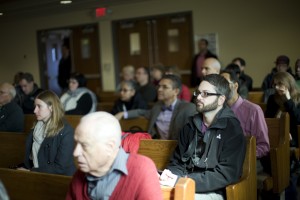
The first two presentations of the 2014 symposium complemented each other in their focus on chiastic and literary structures found in the writings of Ellen White. Mike Oxentenko looked at macro chiastic structures at a chapter and book level. Oxentenko also compared Ellen White’s writings to that of William Foy. Ron du Preez looked at micro chiastic structures on a paragraph and sentence level, mostly in the Desire of Ages. Exploration of the idea of literary structures in Ellen White’s writings is significant to understanding her intended meaning in her writings. There is much that still needs to be studied, but it seems that she sometimes uses chiasms and other forms of parallelism much like biblical writers.
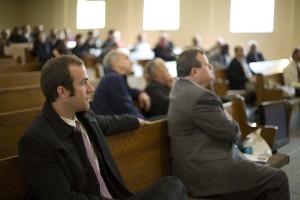
A long awaited publication, the Ellen White Encyclopedia, is now available. Via video Denis Fortin and Jerry Moon told the story behind its creation and publication. Work on the Encyclopedia began in 2001 after George Knight conceived of the idea. When Knight retired he passed the baton for running the project to his Seventh-day Adventist Theological Seminary colleagues Denis Fortin and Jerry Moon. Together they worked with nearly 200 authors and decided to give the manuscript to the Review and Herald Publishing Association for publication. They submitted their work for publication in 2011. They had little idea that the manuscript would take two years to copy edit. It was with great delight that they heard the book was on the printing presses and would be on the shelves for sale in late 2013. The local Adventist Book Center was able to be on site during the afternoon to sell copies of the Encyclopedia at a special reduced Symposium price.
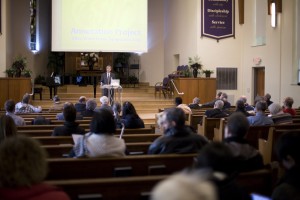
Tim Poirier speaking during his presentation on the Annotation Project of the Ellen White letters and manuscripts.
Tim Poirier, Vice Director of the Ellen G. White Estate, explained how to read the Ellen G. White Letters and Manuscripts with Annotations 1845 to 1859. After the overview of the new publication, Poirier used a handout with excerpts from the forthcoming book of several letters and manuscripts to illustrate how the annotations are included in the printed work.
One example he gave was of Dr. Martha Purple. Ellen White, in Letter 28, 1861, written to her close friend Lucinda Hall, says that her son Edson (about age 12) was very sick and was in the care of Mrs. Purple. Hickerson at first believed this to be an Adventist family named Purple that he knew had lived in Michigan, but later found they were not in the area at that time. After finding a Review and Herald article (“Remarkable Answer to Prayer” April 22, 1862, page 164), he made the connection to Dr. Purple. He was able to find out more about her through census records and other resources. The article states that many of the Adventists had been using the services of Dr. Purple. This was several months before Ellen White’s health reform vision. Hickerson believes that God used the influence of Dr. Purple to help prepare the group of Adventist believers to be more open to health reform. The Adventist group at that time were prejudiced against medical professionals. Their custom was to pray for the sick individual and have faith that God would heal them. Through the influence of Dr. Purple, their prejudices may have been reduced making them more open to the concept of using remedies in the care for the sick.
It is remarkable that we have had so many new publications on Ellen White during the past few years. In addition to the Encyclopedia and the Ellen G. White Letters and Manuscripts with Annotations 1845 to 1859, 2010 saw the publication of Ellen White Under Fire: Identifying the Mistakes of Her Critics, by Jud Lake. In 2011 The Prophet and the Presidents : Ellen G. White and the Processes of Change, 1887-1913 : A Study of Ellen White’s Influence on the Administrative Leadership of the Seventh-Day Adventist Church, by Gilbert M. Valentine was published. Green Cord Dream : Pursuing Ellen White’s Vision of Jesus and His Church, by Alex Bryan was published in 2012. The first two volumes of the Ellen G. White Periodical Resource Collection, compiled by the Ellen G. White Estate, were published near twenty years ago. The final two volumes were completed in 2013. Also published in 2013 was Three Adventist Titans: the Significance of Heeding or Rejecting the Counsel of Ellen White, by Albert Dittes.
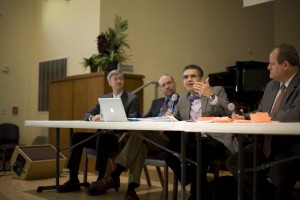
Ron du Preez speaking during the Current Issues Discussion at the 2014 Ellen White Issues Symposium.
Jim Ford, attendee to the symposium, believes the Encyclopedia will prove to be a really important publication because “The availability of the Ellen White Encyclopedia will sweep away a lot of misunderstandings. Now we can know the people addressed and have a better idea of some of the situations she was addressing. Taken together with the forthcoming Annotations volume they will remove a lot of ambiguity about the context of Mrs. White’s messages.”
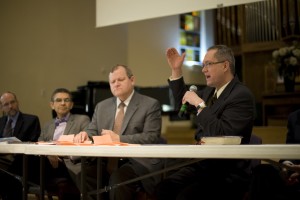
Mike Oxentenko speaking during the Current Issues Discussion at the 2014 Ellen White Issues Symposium.
Our usual Ellen White Issues Symposium will not take place in March 2015. It will be combined with the “Gift of Prophecy in Scripture and History” Symposium planned for October 15-18, 2015, hosted at Andrews University. This conference is jointly sponsored by the Ellen G. White Estate, Seventh-day Adventist Theological Seminary, and the Center for Adventist Research.

